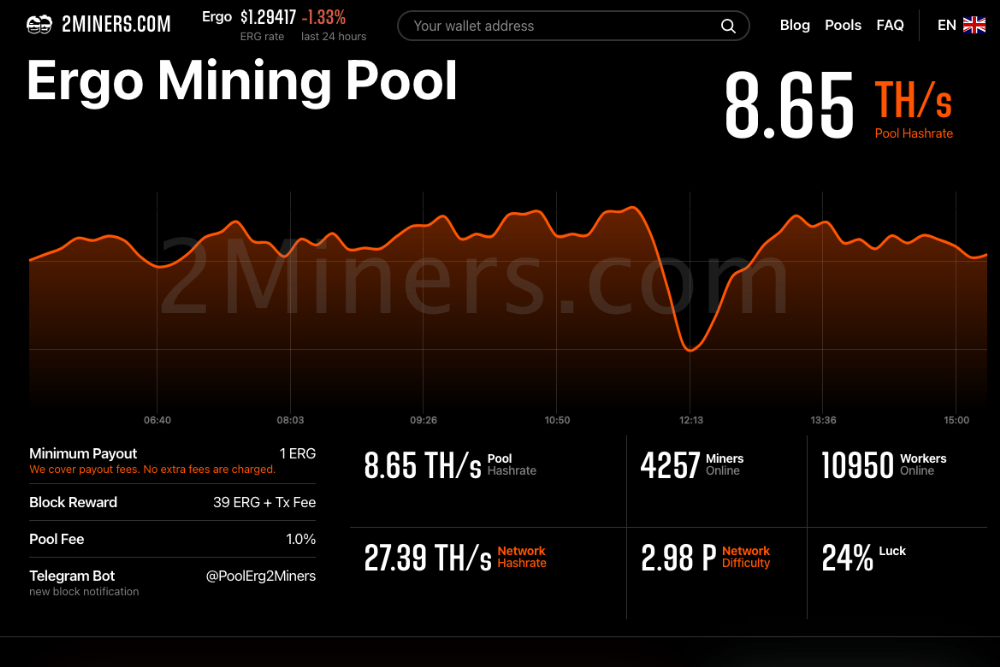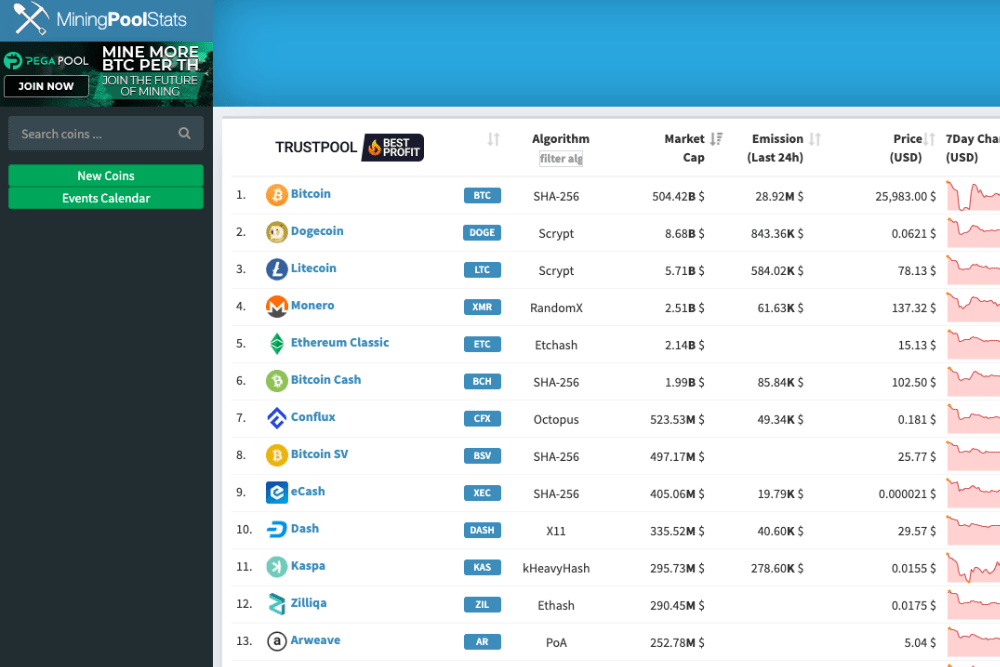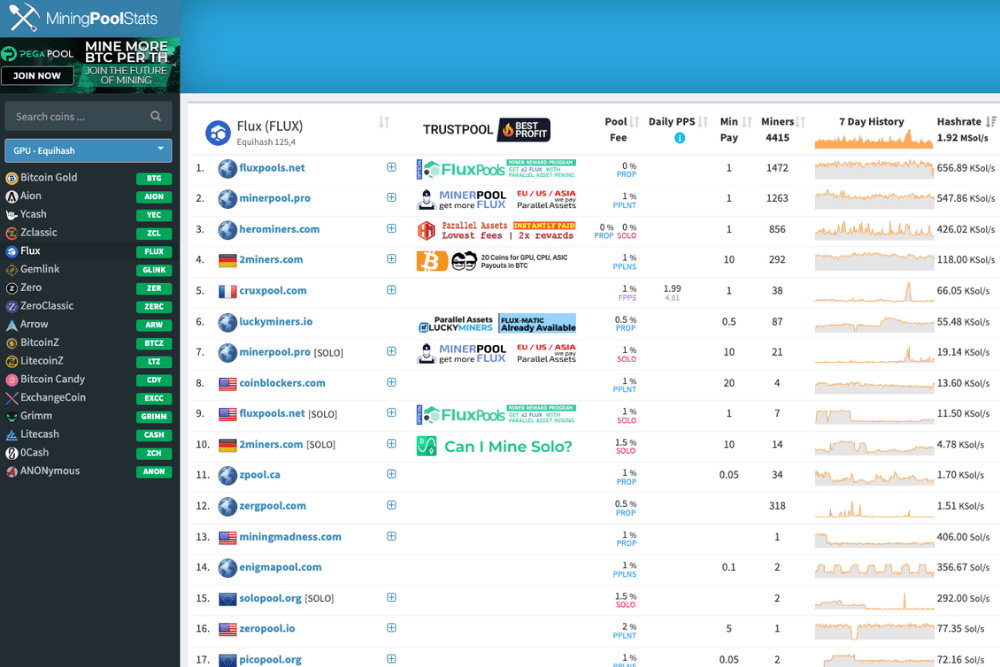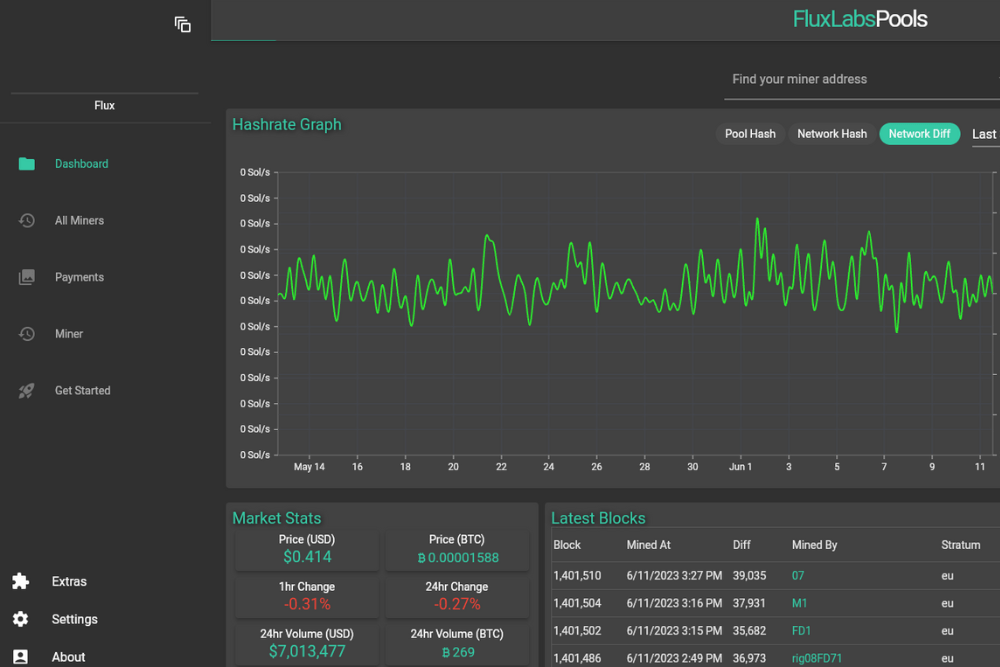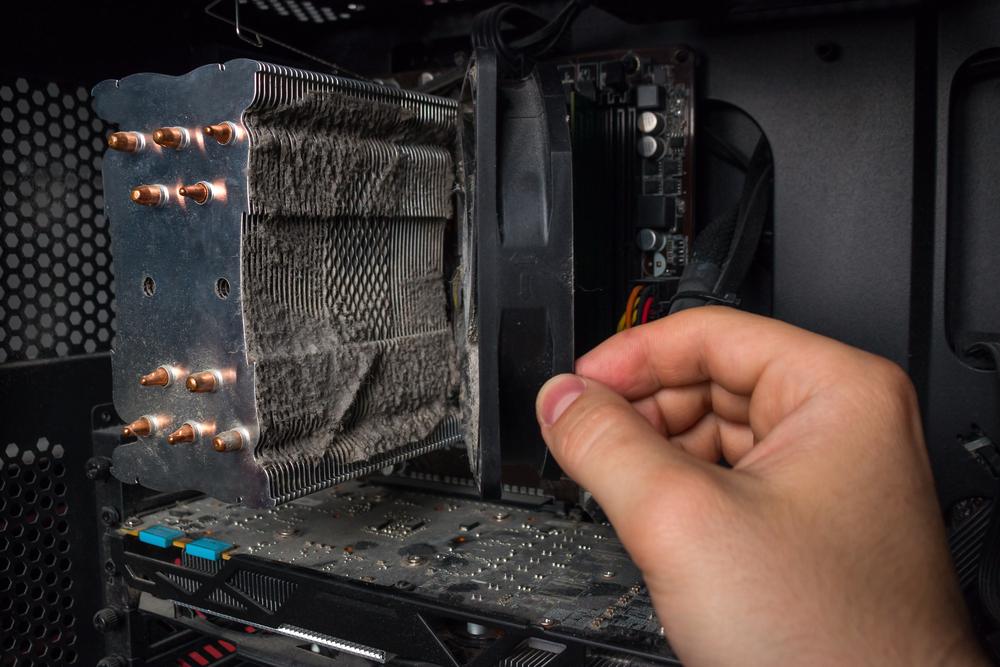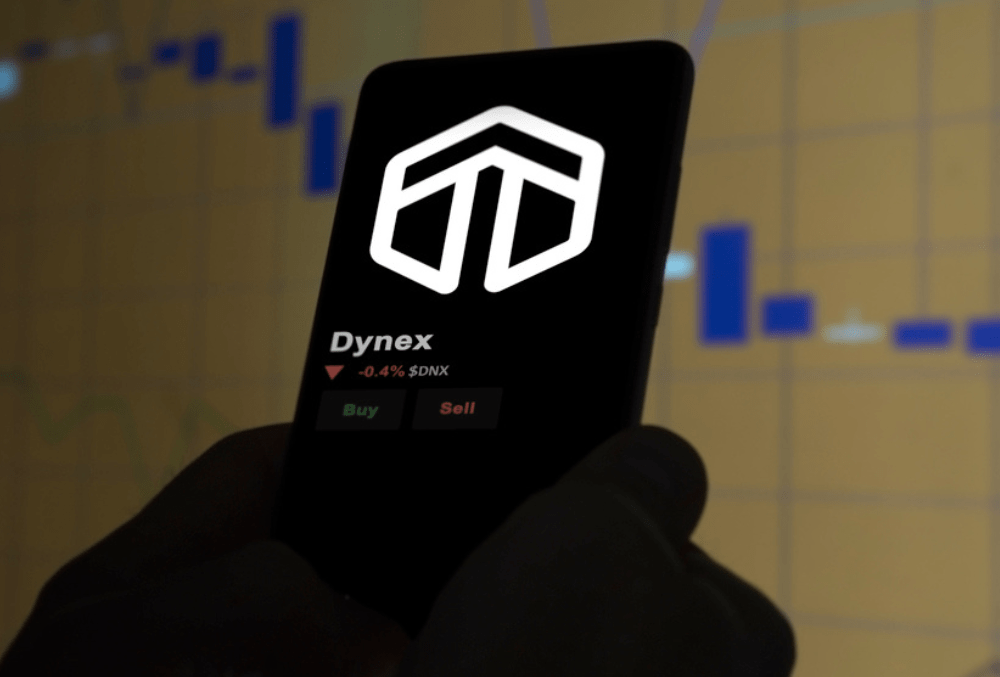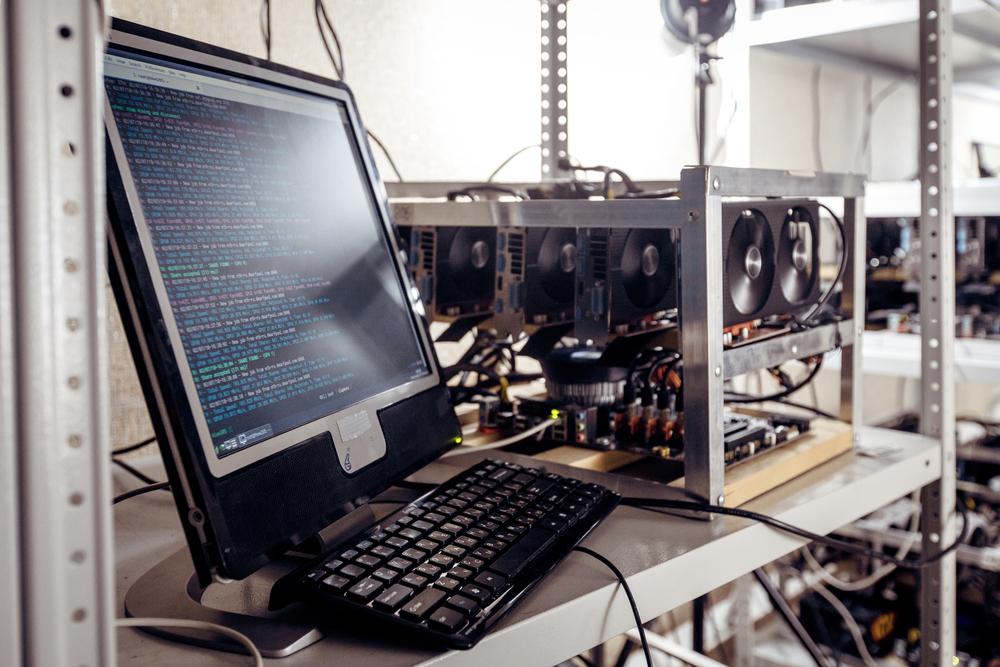Cryptocurrency mining has become increasingly popular, and miners are constantly exploring ways to optimize their mining efforts. One effective method that has gained traction is mining pools. In this article, we will delve into the concept of mining pools, explaining what they are, how they work, and the benefits they offer to cryptocurrency miners. Whether you’re a beginner or an experienced miner, understanding mining pools is crucial to maximizing your mining potential. Join us as we explore the world of mining pools with ResidentialMiner.com, your trusted resource for home-based cryptocurrency mining.
What is a Mining Pool?
A mining pool is a collective effort of multiple miners who pool their computational resources together to increase their chances of successfully mining blocks and earning rewards. Instead of mining individually, miners combine their computing power to solve complex mathematical problems required for block validation.
How Does a Mining Pool Work?
When miners join a mining pool, they contribute their computational power to the collective effort. The mining pool then distributes the computational workload among the participating miners, allowing them to work on solving different parts of the mathematical problem simultaneously.
Once a miner in the pool successfully solves the problem and mines a block, the rewards are distributed among the pool participants based on their individual contributions. This ensures that even miners with lower computational power have a chance to earn rewards regularly.
Benefits of Mining Pools
- Higher profitability: By joining forces with other miners, you can increase your chances of finding a block and earning rewards. You can also reduce your variance, meaning that you can receive more consistent payouts instead of relying on luck.
- Lower costs: By sharing the computing power and electricity costs with other miners, you can reduce your expenses and increase your profit margin. You can also avoid investing in expensive mining hardware and software that may become obsolete or unprofitable over time.
- Easier setup: Joining a mining pool is usually simpler than solo mining, as you only need to register with the pool and run a compatible mining software. You don’t need to worry about setting up your own node, syncing with the blockchain, or maintaining your hardware.
- Increased Mining Efficiency: By joining a mining pool, miners can combine their resources, resulting in increased computational power. This significantly improves the chances of successfully mining blocks and receiving rewards more frequently. Mining pools offer a more consistent and steady income stream compared to solo mining, especially for miners with limited resources.
- Smoother Reward Distribution: In a mining pool, rewards are distributed proportionally based on each miner’s contribution. This means that even if a miner’s individual computational power is relatively low, they will still receive a fair share of the rewards based on their effort. It provides a more predictable and consistent income for miners, reducing the variability of earnings.
- Reduced Variability in Block Mining Time: Mining pools help reduce the variability in block mining time. While individual miners may experience long periods without mining a block, the combined effort of the pool increases the overall hashrate. This leads to more frequent block discoveries, ensuring a steadier flow of rewards for participants.
- Access to Mining Support and Resources: Joining a mining pool provides access to a community of experienced miners who can offer guidance, support, and valuable insights. Miners can exchange knowledge, share tips and tricks, and stay updated with the latest developments in the mining industry. ResidentialMiner.com offers resources and community forums to connect with like-minded miners and gain additional support.
Selecting the Right Mining Pool
There are many factors to consider when choosing a mining pool, such as:
- Size: The size of a mining pool refers to its total hash rate, or computing power. A larger pool has more chances of finding blocks and earning rewards, but it also means that you will receive smaller payouts due to more competition. A smaller pool may offer higher payouts per block, but it may also have longer intervals between blocks and higher variance.
- Fees: Most mining pools charge a fee for their services, usually as a percentage of the reward. A lower fee means that you can keep more of your earnings, but it may also indicate that the pool offers fewer features or less security. A higher fee may provide better services or support, but it may also reduce your profitability.
- Payout scheme: Different mining pools use different methods to distribute rewards among their members. Some common payout schemes are:
- Pay-per-share (PPS): This is one of the simplest and most popular payout schemes. In this scheme, you receive a fixed amount for each share you submit, regardless of whether the pool finds a block or not. This means that you get instant and guaranteed payouts, but you also pay a higher fee to cover the pool’s risk.
- Proportional (PROP): In this scheme, you receive a proportional amount of the reward based on your share contribution when the pool finds a block. This means that you only get paid when the pool finds a block, but you also pay a lower fee and share the risk with other members.
- Pay-per-last-N-shares (PPLNS): In this scheme, you receive a proportional amount of the reward based on your share contribution in the last N shares, where N is a variable number determined by the pool. This means that you only get paid when the pool finds a block, and your payout may vary depending on the pool’s luck and your activity. This scheme is designed to discourage pool hopping, or switching pools frequently to maximize profits.
- Reputation: The reputation of a mining pool is based on its history, performance, security, and customer service. You should look for a mining pool that has a good track record, high uptime, low latency, strong security measures, and responsive support. You should also avoid pools that have been involved in scams, hacks, or other controversies.
How to Join a Mining Pool?
To join a mining pool, you need to follow these steps:
- Choose a cryptocurrency: You need to decide which cryptocurrency you want to mine, based on its profitability, difficulty, and popularity. You can use online calculators or websites to compare different cryptocurrencies and their mining potential.
- Choose a mining pool: You need to research and compare different mining pools that support your chosen cryptocurrency. You can use online directories or forums to find reputable and reliable mining pools. You should also check their size, fees, payout scheme, and reputation.
- Register with the pool: You need to create an account with the pool and provide your personal information and wallet address. You may also need to verify your identity and email address. Some pools may require you to join a specific sub-pool or group within the pool.
- Download and install a mining software: You need to download and install a compatible mining software that can connect to the pool server and submit shares. You can use the pool’s recommended software or choose your own from various options available online. You should also configure the software with your pool credentials and mining settings.
- Start mining: You need to run the mining software and start solving puzzles. You should monitor your mining performance and earnings using the pool’s dashboard or website. You should also keep your hardware and software updated and secure.
How to Join a Flux Mining Pool: A Step-by-Step Guide
For example, let’s say you’re interested in mining Flux, in this guide, we will walk you through the process of joining a Flux mining pool using MiningPoolStats.stream. So, let’s dive in!
Step 1: Research and Selection
The first step is to conduct research and select a Flux mining pool that suits your needs. A helpful resource for this is miningpoolstats.stream. Let’s assume you visit the website and navigate to the Flux page by clicking on the Flux cryptocurrency link.
Step 2: Exploring Mining Pool Stats
Once you land on the Flux page on miningpoolstats.stream, you’ll find a wealth of information and statistics about various Flux mining pools. These stats are crucial in helping you make an informed decision. Let’s explore some of the key stats you should pay attention to:
- Pool Hashrate: The hashrate indicates the total computational power of the mining pool. Higher hashrate generally means a more robust and efficient mining pool.
- Pool Fee: Mining pools typically charge a fee for their services, which is deducted from the rewards earned by miners. It’s essential to consider the pool fee and ensure it aligns with your profitability expectations.
- Payout Method: Different mining pools have varying payout methods. Some commonly used methods include Pay-Per-Share (PPS), Proportional, and Pay-Per-Last-N-Shares (PPLNS). Understand the payout method and choose one that suits your preferences.
- Minimum Payout: The minimum payout is the threshold you need to reach before you can receive your rewards. Make sure the minimum payout is reasonable and achievable based on your mining capabilities.
- Pool Uptime: Pool uptime refers to the percentage of time the pool has been operational. A higher uptime indicates a more reliable and stable mining pool.
- Miners: This shows the number of active miners or workers connected to the pool. A higher number of miners means more diversity and stability for the pool, but also more difficulty in getting a higher share of the reward.
- Payment Interval: This shows how often the pool pays out its members. A shorter payment interval means that you can receive your earnings more frequently, but it may also increase the network congestion and transaction fees.
- Last Block: This shows when the pool last found a valid block and received a reward. A recent last block means that the pool is active and lucky, but it may also mean that the next block will take longer to find.
- Luck: This shows how lucky or unlucky the pool is in finding blocks compared to the expected average. A higher luck means that the pool is finding blocks faster than expected, but it may also mean that the pool is due for a bad streak. A lower luck means that the pool is finding blocks slower than expected, but it may also mean that the pool is due for a good streak.
Step 3: Choosing a Flux Mining Pool
Based on the information and stats provided on miningpoolstats.stream, you can now select a Flux mining pool that aligns with your preferences. Consider factors such as hashrate, fee structure, payout method, and pool reputation. It’s advisable to choose a well-established pool with positive user feedback and a history of consistent payouts.
Let’s assume you decide to join FluxPools.net because it has a low fee, and a reputation for reliable payouts.
Step 4: Joining FluxPools
To join FluxPools.net follow these general steps:
- Visit the official website of FluxPools.net
- Configure your mining software to connect to FluxPool.net/extras. You’ll typically need to input the pool’s server address, port number, and your account credentials.
- Start your mining software, and it will begin hashing and contributing to FluxPool’s collective mining efforts.
Step 5: Monitoring and Reaping Rewards
Once you’ve successfully joined FluxPools, you can monitor your mining progress through your account dashboard on the pool’s website. Keep an eye on your hashrate, earnings, and any additional features provided by the pool.
As you contribute to the mining pool’s computational power, you’ll have the opportunity to earn rewards based on your contribution and the pool’s payout method. Remember to reach the minimum payout threshold to receive your rewards.
Popular Mining Pools
When it comes to mining cryptocurrencies, there are numerous mining pools available that cater to different cryptocurrencies and mining algorithms. Joining a popular mining pool can provide you with a reliable and efficient mining experience. In this section, we will explore a few well-known mining pools that have gained recognition in the cryptocurrency mining community. Click here for a complete list of Mining Pools.
- Slush Pool: Slush Pool is one of the oldest and most respected mining pools, established in 2010. It supports several cryptocurrencies, including Bitcoin and Zcash, and offers a user-friendly interface and competitive fees. Recently they have changed their name to Braiins Pool.
- F2Pool: F2Pool is one of the largest mining pools globally and supports a wide range of cryptocurrencies. It boasts a robust infrastructure, low fees, and a user-friendly interface. F2Pool is known for its reliable and stable mining operations.
- Antpool: Antpool is operated by Bitmain, one of the leading cryptocurrency mining hardware manufacturers. It supports multiple cryptocurrencies and offers various payout methods. Antpool is known for its high hashrate and efficiency.
- Poolin: Poolin is a multi-currency mining pool that supports Bitcoin, Litecoin, and several other cryptocurrencies. It offers a robust infrastructure, competitive fees, and a user-friendly dashboard. Poolin is known for its reliable and efficient mining operations.
- Nanopool: Nanopool is a mining pool that primarily focuses on Ethereum-based cryptocurrencies. It offers a simple and intuitive interface, low fees, and supports regular payouts. Nanopool is known for its stable and efficient mining operations.
- Mining Pool Hub: Mining Pool Hub is a multi-algorithm mining pool that supports various cryptocurrencies. It offers a comprehensive dashboard, low fees, and supports automatic coin switching for maximum profitability.
- Herominers: Herominers is a dedicated mining pool for Monero and other CryptoNight-based coins such as Electroneum, Sumokoin, Loki Network, Haven Protocol, etc. Herominers has servers in Europe, USA, Asia-Pacific region with DDoS protection enabled on all servers to ensure stability & security of your miners & earnings. Herominers charges between 0%-0.8% fees depending on the coin.
- 2Miners: 2Miners is another multi-currency mining pool that supports Bitcoin, Litecoin, Zcash, Monero, Ravencoin, Ethereum Classic, and more. 2Miners has servers in Europe, USA, Asia, and Russia. 2Miners has a PPLNS reward system that pays out every 2 hours. 2Miners also has a SOLO mining mode for those who want to mine solo. 2Miners charges a 1% fee for PPLNS mode and a 1.5% fee for SOLO mode.
- Binance Pool: Binance Pool is a mining pool service provided by Binance, the world’s largest cryptocurrency exchange. Binance Pool supports Bitcoin, Bitcoin Cash, Bitcoin SV, and Ethereum Classic mining. Binance Pool offers low fees, daily payouts, smart pool switching, and integration with Binance’s trading and lending platforms.
- NiceHash: NiceHash is a unique platform that allows you to sell your hash power to buyers who want to mine different coins. NiceHash supports over 40 algorithms and pays you in Bitcoin for your hash power. NiceHash also allows you to buy hash power from other miners and mine the coin of your choice. NiceHash charges a 3% fee for sellers and a 5% fee for buyers.
- Crazypool: Crazypool is a mining pool that focuses on Ergo mining. Crazypool supports both CPU and GPU mining and has servers in Europe and Asia. Crazypool has a PPLNS reward system that pays out every 10 minutes. Crazypool charges a 0% fee for Ergo mining.
- Ezil.me: Ezil.me is a dual-mining pool that allows you to mine Ethereum Classic and Zilliqa simultaneously. Ezil has servers in Europe, USA, Asia-Pacific region with DDoS protection enabled on all servers to ensure stability & security of your miners & earnings. Ezil has a PPLNS reward system that pays out every hour. Ezil charges a 1% fee for dual-mining and a 0.8% fee for solo-mining.
Other notable mining pools worth exploring include:
- kucoin.com
- litecoinpool.org
- trustpool.cc
- foundrydigital.com
- Luxor Mining
- Prohashing
- Zergpool
- hashvault.pro
- pool.kryptex.com
- flexpool.io
- cruxpool.com
- kaspa-pool.org
- k1pool.com
- shardpool.io
These mining pools cater to different cryptocurrencies and mining algorithms, providing a diverse range of options for miners to choose from. It’s essential to consider factors such as fees, supported cryptocurrencies, payout methods, and reputation when selecting a mining pool that aligns with your mining goals and preferences.
Conclusion
In conclusion, mining pools play a vital role in the world of cryptocurrency mining, allowing miners to combine their computing power and increase their chances of earning rewards. By joining a mining pool, miners can enhance their mining efficiency, enjoy smoother reward distribution, reduce variability in block mining time, and gain access to valuable resources and support. When selecting a mining pool, factors such as pool size, fee structure, payout method, and reputation should be considered. ResidentialMiner.com provides comprehensive resources and guidance for miners interested in leveraging mining pools to maximize their mining potential.


